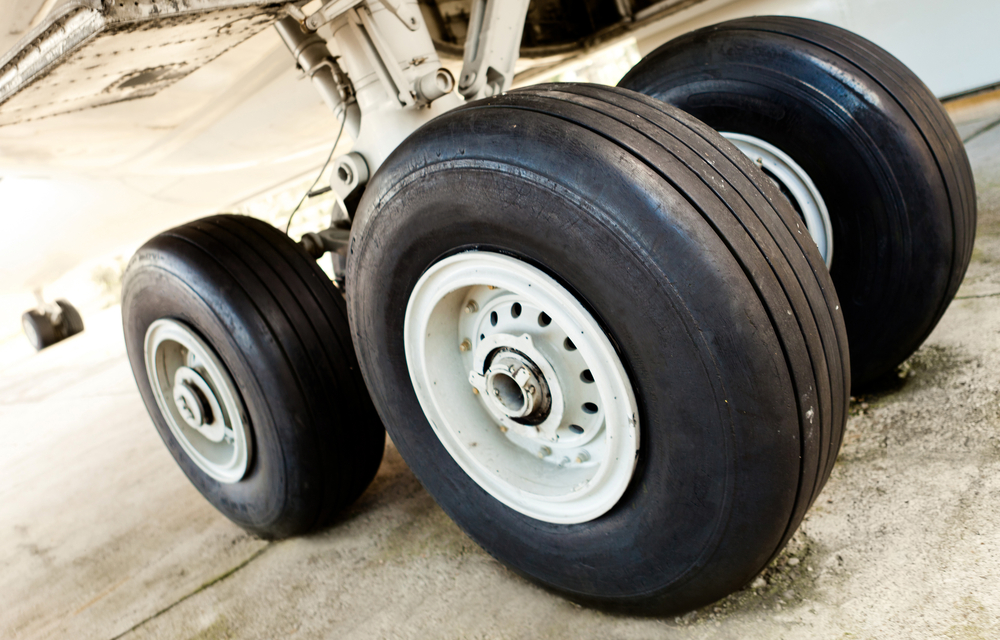The Importance of PLM Tools in Ensuring Airline Safety
by Sue Sivam-Raja

In this blog post, we will explore the vital role of Product Lifecycle Management (PLM) tools in enhancing airline safety and reducing risks in the aviation industry.
Understanding the Role of PLM Tools in Aviation Safety
Product Lifecycle Management (PLM) tools play a crucial role in ensuring airline safety. These tools enable airlines to effectively manage the entire lifecycle of their products, including aircraft and components. By providing a centralised platform for collaboration and information sharing, PLM tools help streamline processes and ensure that safety standards and regulations are followed.
One of the key aspects of PLM tools is their ability to track and manage the maintenance and repairs of aircraft. With the help of these tools, airlines can keep track of the maintenance history, schedule regular inspections, and ensure that necessary repairs are carried out in a timely manner. This proactive approach to maintenance significantly reduces the risk of mechanical failures and improves overall safety.
Another important role of PLM tools in aviation safety is their ability to facilitate effective communication and collaboration among various stakeholders. These tools enable seamless sharing of information between different departments, such as engineering, maintenance, and operations. This ensures that everyone involved in the safety of the aircraft is on the same page and has access to the latest information.
Furthermore, PLM tools also help in managing and analysing data related to safety incidents and near misses. By capturing and analysing this data, airlines can identify trends and patterns, and take necessary preventive measures to mitigate risks. This data-driven approach to safety management is crucial in identifying potential hazards and implementing corrective actions.
In summary, PLM tools play a vital role in ensuring airline safety by enabling effective management of the entire product lifecycle, facilitating collaboration and communication among stakeholders, and leveraging data to identify and mitigate risks.
Challenges and Considerations in Adopting PLM Tools for Airline Safety
While PLM tools offer numerous benefits for airline safety, there are also challenges and considerations that need to be addressed when adopting these tools.
One of the main challenges is the integration of PLM tools with existing systems and processes. Airlines often have complex IT infrastructures and legacy systems in place, which can make the integration process challenging. It is important to carefully plan and execute the integration to ensure smooth transition and minimal disruption to operations.
Another consideration is the training and adoption of PLM tools by airline staff. It is essential to provide comprehensive training and support to employees to ensure they are comfortable using the tools and understand their importance in maintaining safety standards. Resistance to change and lack of training can hinder the successful implementation of PLM tools.
Data security and privacy are also important considerations when adopting PLM tools. Airlines deal with sensitive data, including maintenance records, engineering designs, and customer information. It is crucial to have robust security measures in place to protect this data from unauthorised access and ensure compliance with data protection regulations.
Overall, while there may be challenges and considerations in adopting PLM tools for airline safety, the benefits they offer in terms of enhanced safety and risk mitigation outweigh the difficulties. With proper planning, training, and security measures, airlines can successfully implement PLM tools and improve their safety practices.
Future Outlook: Innovations in PLM Tools for Enhanced Airline Safety
The future of PLM tools in enhancing airline safety looks promising, with continuous advancements and innovations in technology.
One area of innovation is the use of artificial intelligence (AI) and machine learning (ML) algorithms in PLM tools. These technologies can analyse large volumes of data and identify patterns that humans may miss, helping airlines identify potential safety risks and take proactive measures to mitigate them. AI and ML can also be used to predict maintenance needs, optimise schedules, and improve overall safety performance.
Another area of innovation is the integration of Internet of Things (IoT) devices with PLM tools. IoT devices can provide real-time data on aircraft performance, equipment condition, and environmental factors. By integrating this data with PLM tools, airlines can monitor and analyse the health of their assets in real-time, enabling proactive maintenance and reducing the risk of failures.
Furthermore, advancements in cloud computing and connectivity are making PLM tools more accessible and scalable. Cloud-based PLM solutions allow airlines to easily collaborate with stakeholders, access data from anywhere, and scale their operations as needed. This increased flexibility and scalability contribute to improved safety practices.
In conclusion, the future of PLM tools in enhancing airline safety is promising, with advancements in AI, ML, IoT, and cloud computing. These innovations will further empower airlines to proactively manage safety risks, improve maintenance practices, and ensure the highest level of safety for their passengers and crew.



